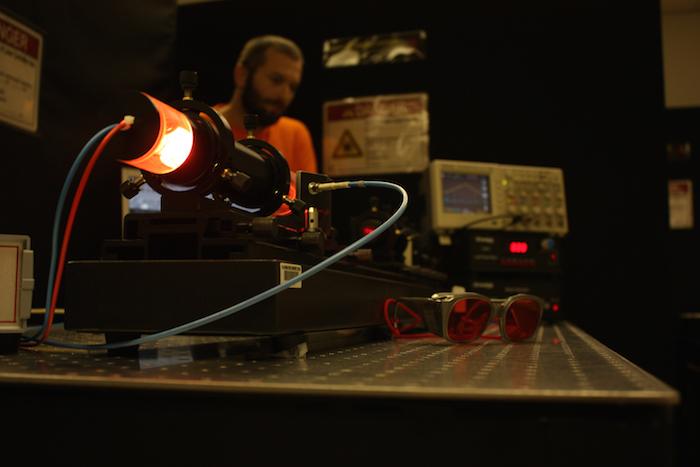
Within the past seven years, lasers and optics systems for the labs in the physics department have been transformed with the aid of several awards.
Dr. Anna Petrova-Mayor, associate professor in the physics department, has been awarded $130,000 to update equipment for the lab classes she teaches and is hoping for more in the future to continue the success.
The awards are made up of a $30,000 start-up fund, a $15,000 student learning fee award and the provost’s one-time funding of $85,000, she said.
The most recent addition to the physics labs are two fiber laser kits, a holographic kit and a polarimeter, Petrova-Mayor said.
Each laser kit alone is about $7,000 and the polarimeter is between $5,000 and $7,000.
The new equipment allows students to set up, record and perform their experiments more safely and efficiently than the old equipment did because they were out-of-date, she said. Also, the set-up was difficult, timely and required a lot of unnecessary readjusting due to old wiring.
Petrova-Mayor wants students to have access to the newest equipment so they have the most recent knowledge of how the devices work, she said.
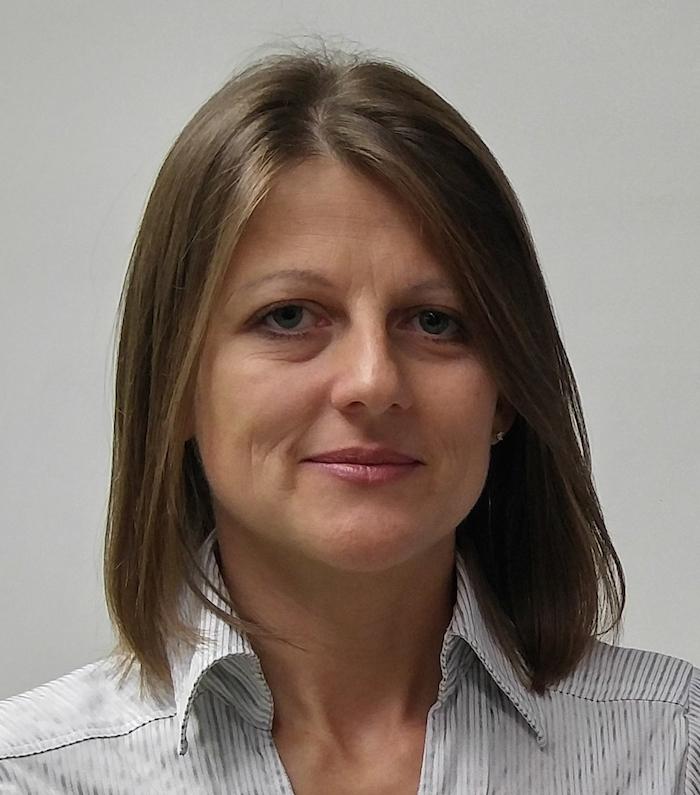
“I like to provide opportunities for students to work with state-of-the-art lab equipment in a professional environment,” Petrova-Mayor said. “I have observed that this has positive impacts on student learning.”
Not only are students getting the hands-on skills of working with the new devices, they are being introduced to technology that is the basis for cancer research, medical imaging and even Internet connections and mobile phones, according to a report by the National Research Council of the U.S. National Academy of Sciences.
Optical devices and lasers have a wide range of applications beyond the research lab from medical imaging, eye surgery, optical fiber communications, material science, optical computing and space exploration, Petrova-Mayor said.
Some students have acquired jobs at well-known research companies with the skills they have obtained from working with the new technology,
“We are proud that a number of our alumni have become research scientists in research labs such as NASA and other industrial companies,” Petrova-Mayor said.
Tony Pirc, junior electrical engineering major, is currently enrolled in one of Dr. Petrova-Mayor’s optics classes in order to increase his basic physical understanding of electromagnetic radiation and have the opportunity to assemble and disassemble the lasers.
“In some experiments, you might have a laser traveling through four or more components,” Pirc said. “This means that all those components have to be lined up so the laser travels through them all and all of them are centered. This takes some adjustment.”
Pirc says he enjoys working with light, which is actually a wave, and that by working with the different components, the lasers can make light do different things.
“Using a certain type of crystal, called a wave-plate, you can shift that wave over a little or flip it upside-down and make it interfere with other light waves to make it more intense or even completely cancel it out to make darkness,” Pirc said. “Using this wave-plate, you can even make circularly polarized light.”
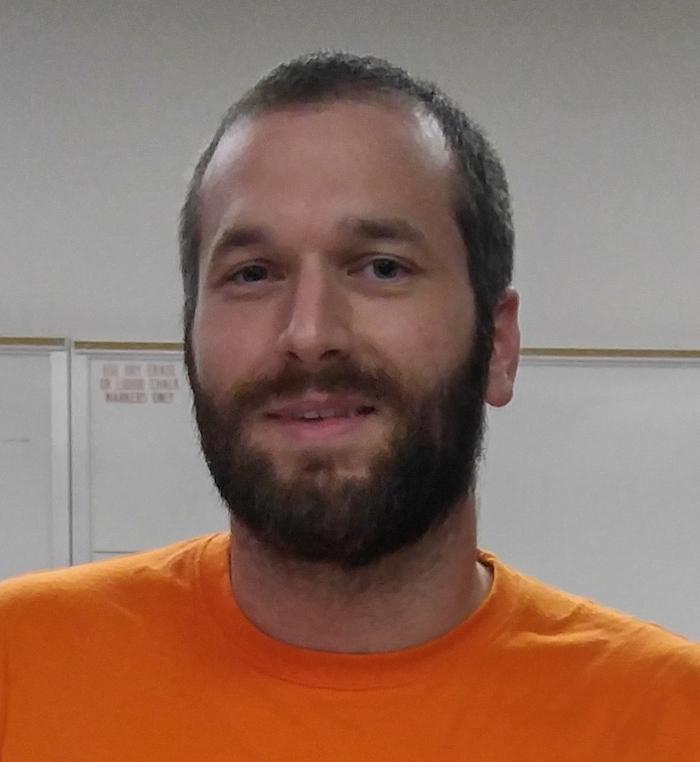
Petrova-Mayor has also purchased other technologies with the awards she has received. Some of these include:
· A beam profiler CCD camera
· A Semiconductor fiber-coupled laser at 1500 nm
· Several software programs for optical system design
· Optics tables
· Laser safety barriers
“Students who take these courses are majors in physics, engineering and chemistry,” Petrova-Mayor said.
Currently, Dr. Anna Petrova-Mayor has another student learning fee proposal pending for a fiber laser which she hopes to use in the future for class demonstrations that will allow her to better explain the signals from lasers.
“Our goal in the physics department is to have a professional environment students can work in and also learn how to use modern equipment,” Petrova-Mayor said. “They can easily go and work for optics or photonics companies and be familiar with the equipment.”
Sabrina Salvatore can be reached at [email protected] or @ssalvatore09 on Twitter.








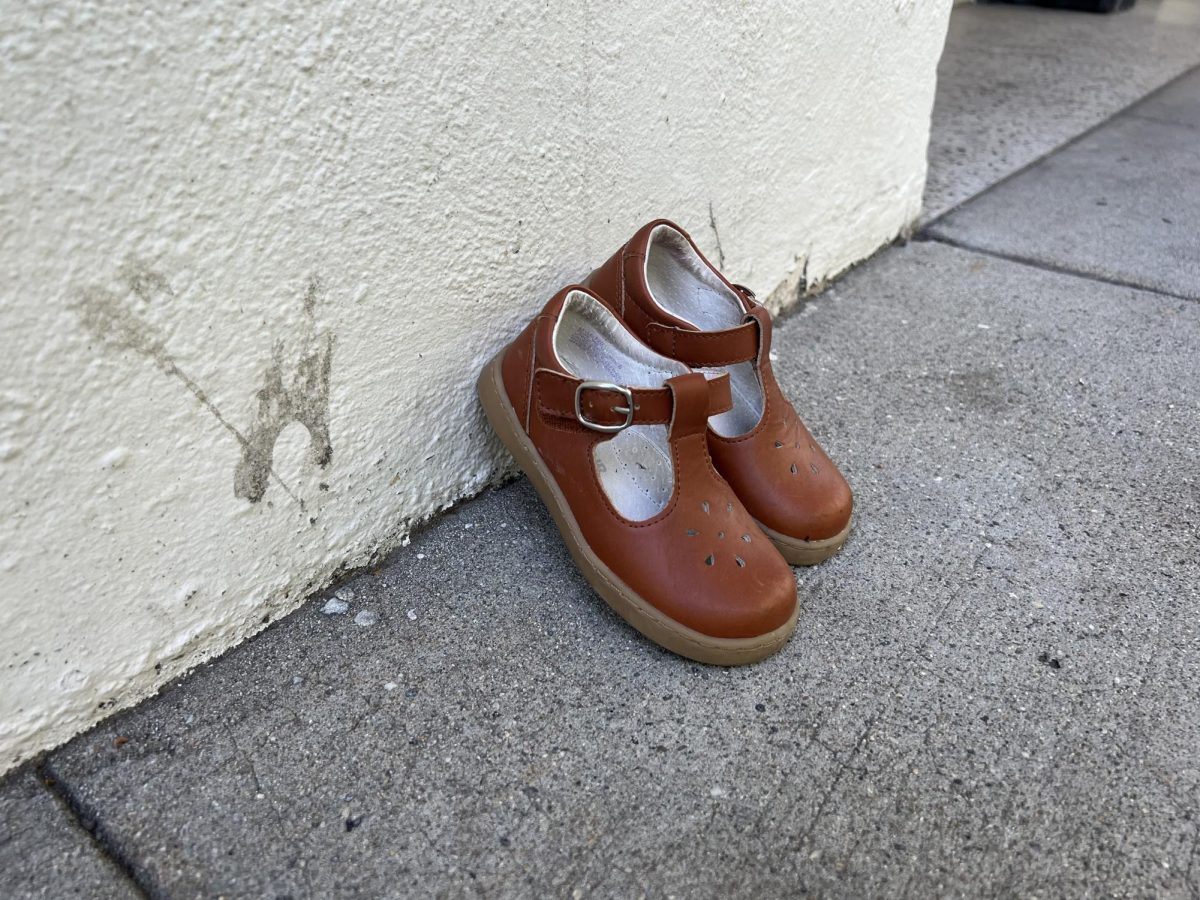
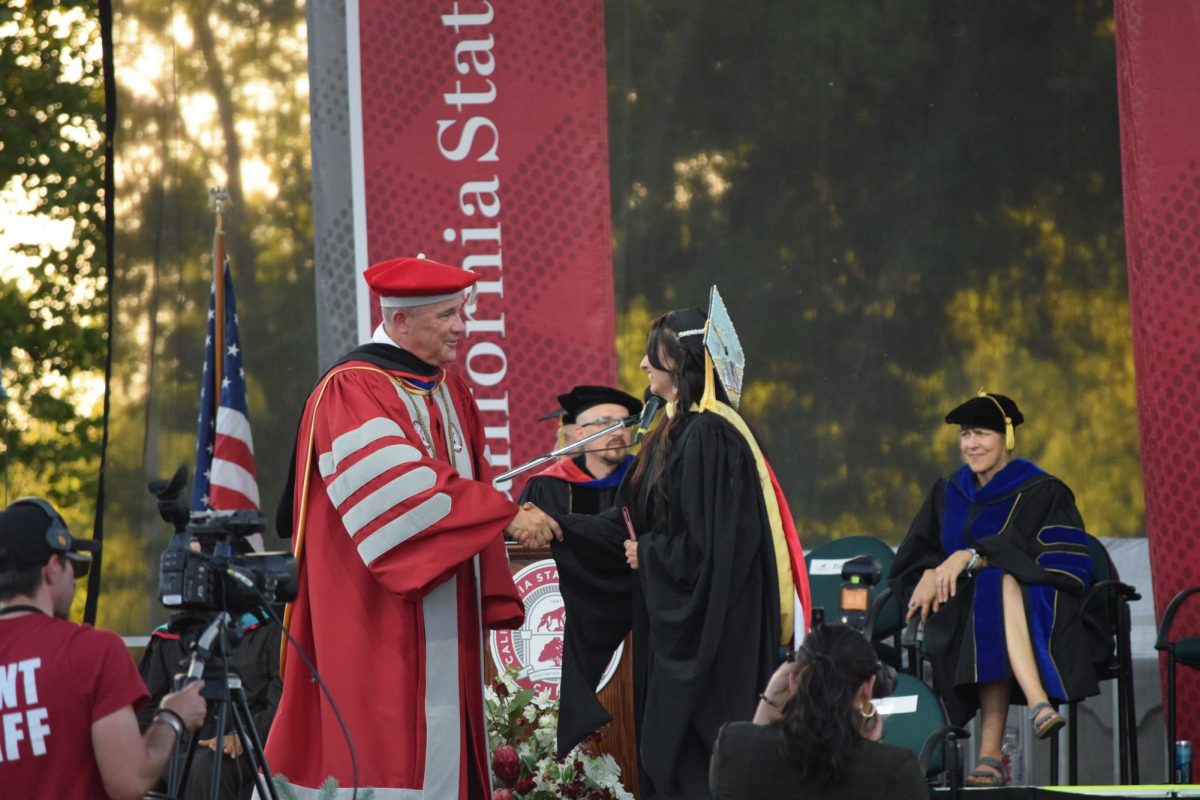
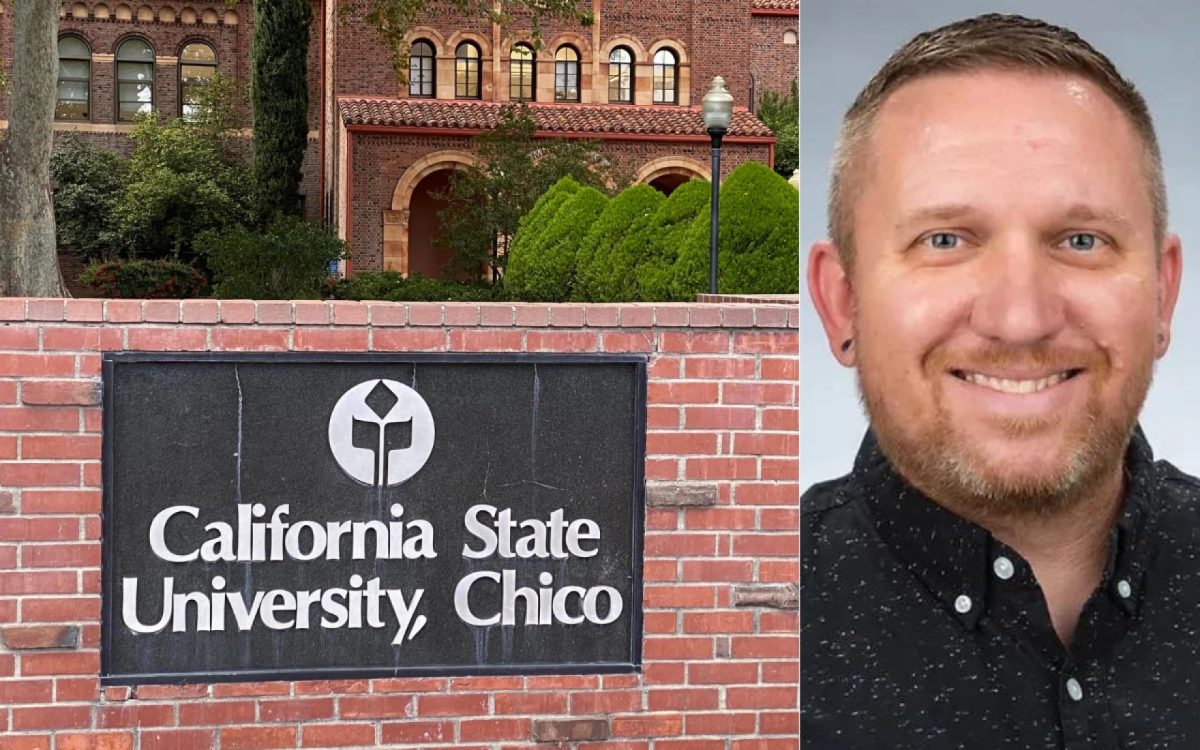
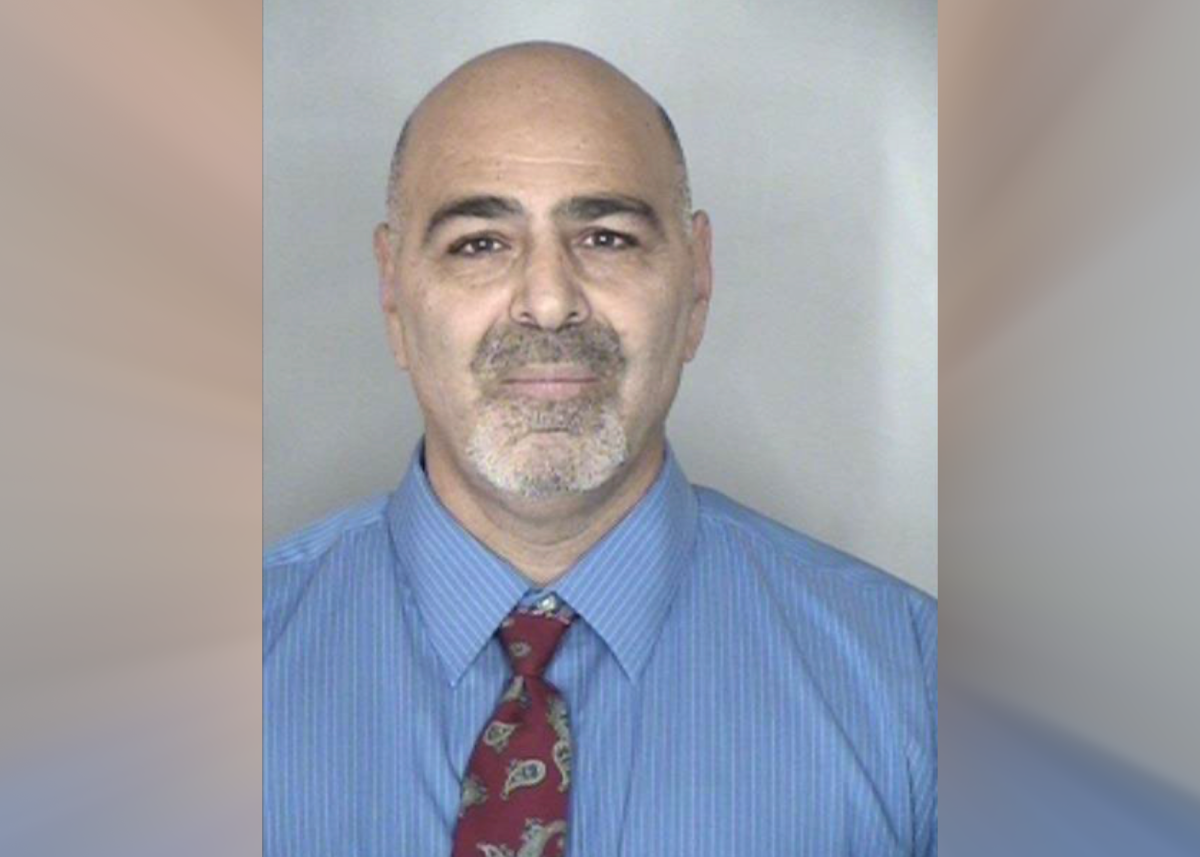
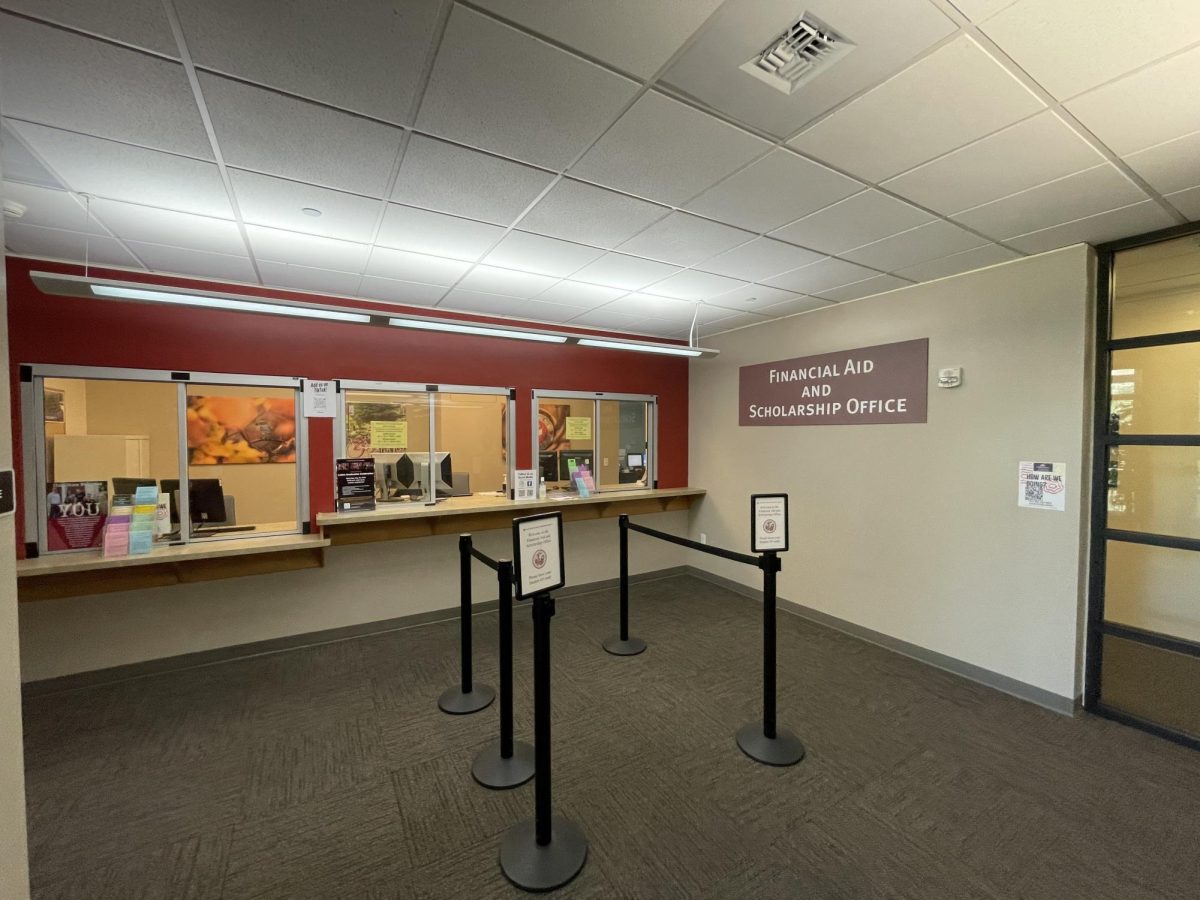

Lena Heffern // Dec 30, 2015 at 12:49 pm
This is excellent news for the physics department and Dr. Petrova-Mayor. As an alumni of this department its great to see that it is grtting even better than it already was. The physics department at Chico is a gem, I wouldn’t be where I am if it weren’t for the professors in that department.